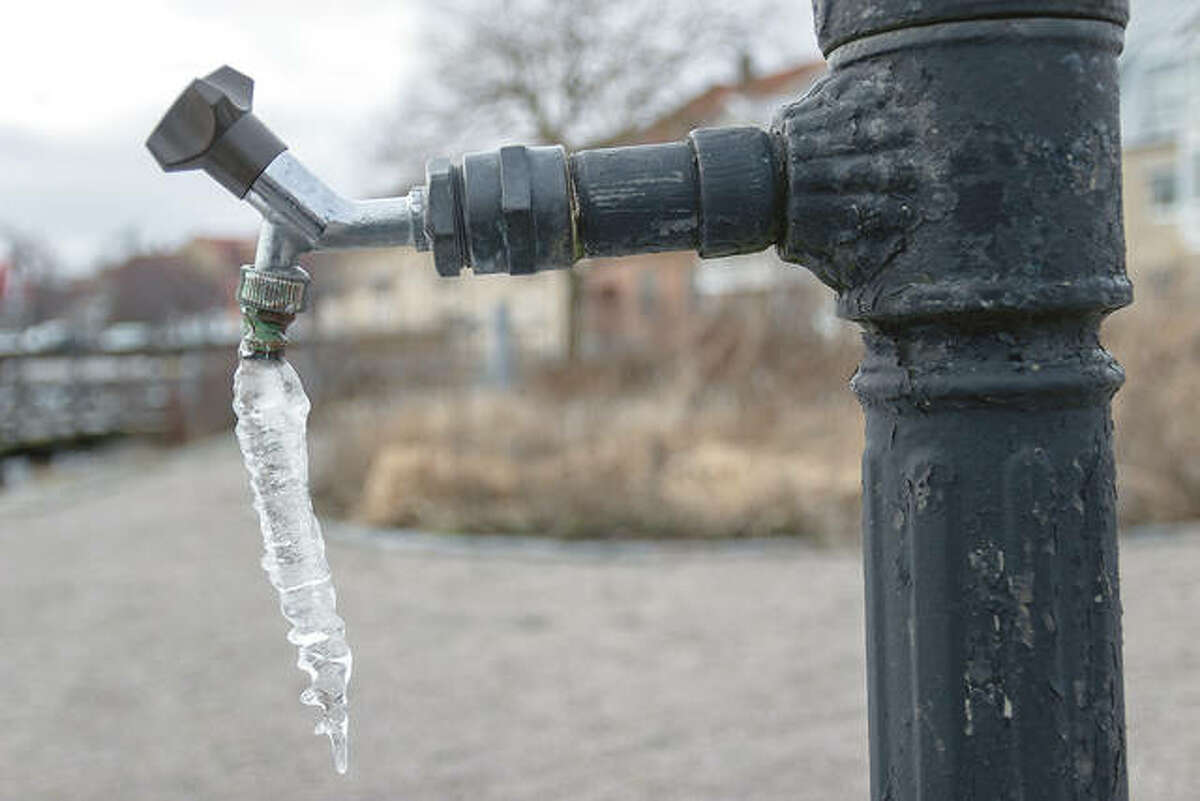We've uncovered this post relating to How to prepare your home plumbing for winter weather listed below on the web and thought it made sense to write about it with you here.

Winter can ruin your plumbing, particularly by freezing pipelines. Right here's how to avoid it from happening and what to do if it does.
Intro
As temperatures decrease, the threat of frozen pipes rises, potentially causing pricey repairs and water damage. Comprehending exactly how to stop icy pipelines is crucial for property owners in cold climates.
Comprehending Frozen Pipes
What creates pipes to ice up?
Pipes freeze when subjected to temperature levels below 32 ° F (0 ° C) for expanded periods. As water inside the pipes ices up, it expands, putting pressure on the pipe wall surfaces and possibly creating them to break.
Dangers and damages
Icy pipes can lead to water supply disturbances, property damages, and expensive fixings. Burst pipes can flooding homes and create comprehensive architectural damages.
Signs of Frozen Piping
Identifying frozen pipes early can stop them from bursting.
Exactly how to recognize frozen pipes
Seek decreased water flow from taps, uncommon smells or sounds from pipes, and visible frost on subjected pipelines.
Avoidance Tips
Shielding at risk pipelines
Cover pipes in insulation sleeves or use heat tape to protect them from freezing temperature levels. Concentrate on pipes in unheated or outside locations of the home.
Home heating strategies
Maintain indoor rooms sufficiently heated up, specifically areas with pipes. Open cupboard doors to allow cozy air to circulate around pipelines under sinks.
Securing Outside Plumbing
Garden hose pipes and outside taps
Disconnect and drain pipes yard tubes before winter. Set up frost-proof faucets or cover outdoor faucets with shielded caps.
What to Do If Your Pipelines Freeze
Immediate actions to take
If you believe frozen pipes, keep faucets open to ease stress as the ice thaws. Utilize a hairdryer or towels taken in hot water to thaw pipes gradually.
Long-Term Solutions
Architectural modifications
Think about rerouting pipelines away from exterior walls or unheated areas. Add extra insulation to attic rooms, cellars, and crawl spaces.
Updating insulation
Purchase top notch insulation for pipelines, attics, and wall surfaces. Proper insulation aids preserve consistent temperature levels and lowers the danger of frozen pipelines.
Conclusion
Avoiding icy pipes calls for proactive procedures and fast feedbacks. By understanding the reasons, signs, and preventive measures, house owners can protect their plumbing throughout winter.
5 Ways to Prevent Frozen Pipes
Drain Outdoor Faucets and Disconnect Hoses
First, close the shut-off valve that controls the flow of water in the pipe to your outdoor faucet. Then, head outside to disconnect and drain your hose and open the outdoor faucet to allow the water to completely drain out of the line. Turn off the faucet when done. Finally, head back to the shut-off valve and drain the remaining water inside the pipe into a bucket or container. Additionally, if you have a home irrigation system, you should consider hiring an expert to clear the system of water each year.
Insulate Pipes
One of the best and most cost-effective methods for preventing frozen water pipes is to wrap your pipes with insulation. This is especially important for areas in your home that aren’t exposed to heat, such as an attic. We suggest using foam sleeves, which can typically be found at your local hardware store.
Keep Heat Running at 65
Your pipes are located inside your walls, and the temperature there is much colder than the rest of the house. To prevent your pipes from freezing, The Insurance Information Institute suggests that you keep your home heated to at least 65 degrees, even when traveling. You may want to invest in smart devices that can keep an eye on the temperature in your home while you’re away.
Leave Water Dripping
Moving water — even a small trickle — can prevent ice from forming inside your pipes. When freezing temps are imminent, start a drip of water from all faucets that serve exposed pipes. Leaving a few faucets running will also help relieve pressure inside the pipes and help prevent a rupture if the water inside freezes.
Open Cupboard Doors
Warm your kitchen and bathroom pipes by opening cupboards and vanities. You should also leave your interior doors ajar to help warm air circulate evenly throughout your home.

Do you like reading up on Prevent Frozen Pipes ? Place a remark down below. We will be glad to find out your insights about this write-up. We hope to see you back again before long. Sharing is good. One never knows, you might be doing someone a favor. Thanks so much for your time spent reading it.
About This